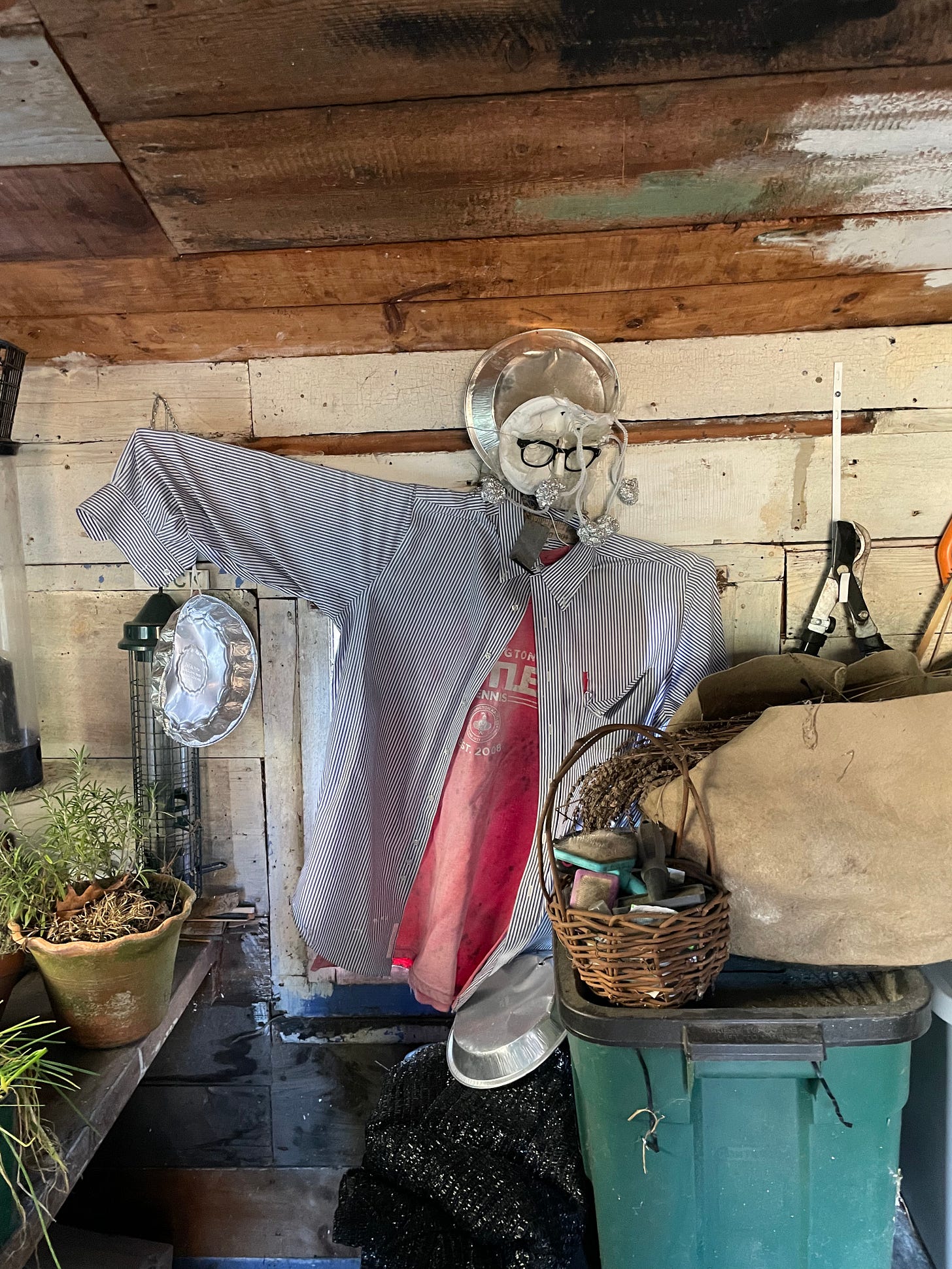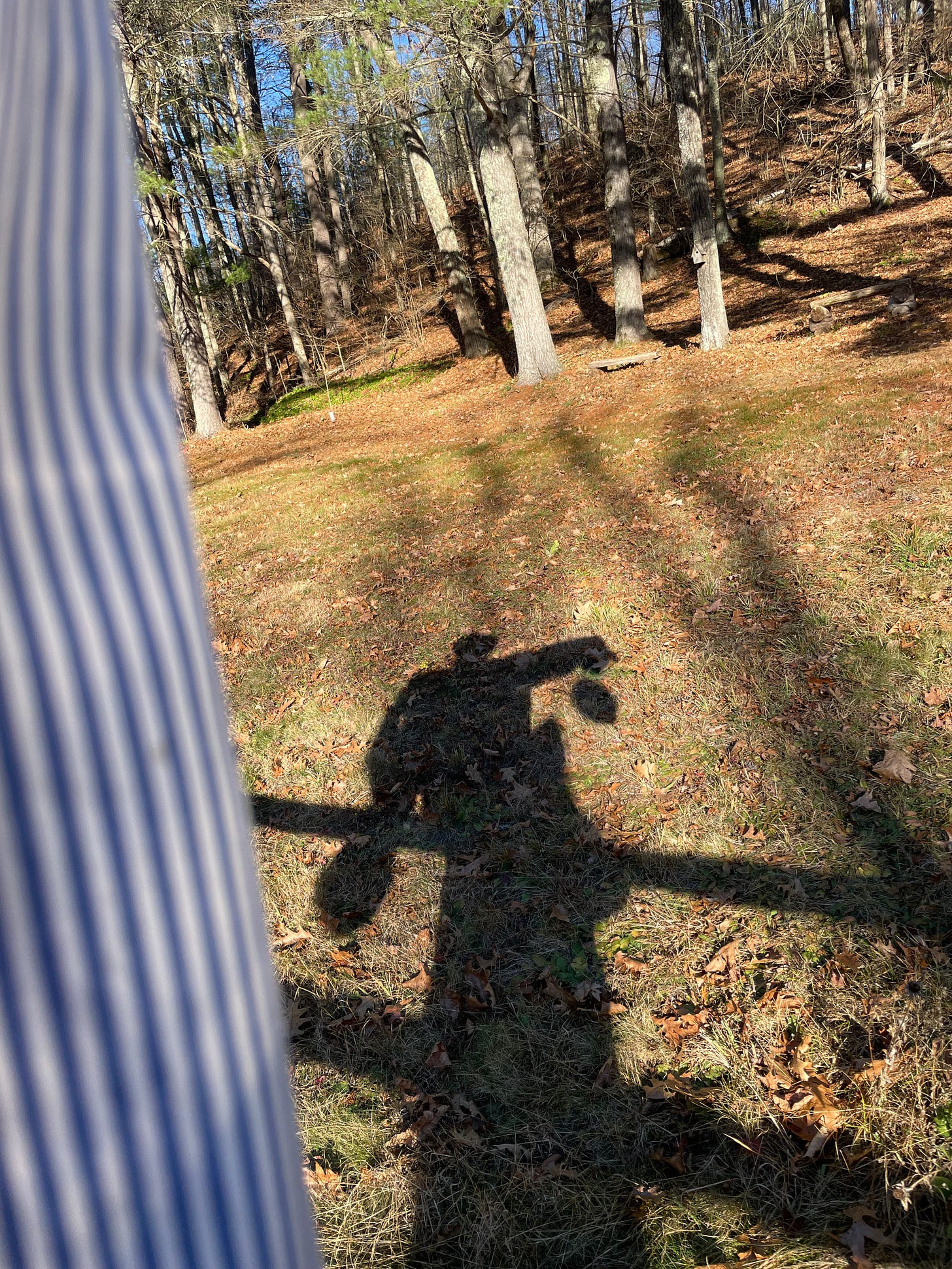There’s a tipping point each fall when the garden turns its back on summer with full finality and heads directly into winter. For us it came this week.
The leaves are off the trees. Temperatures are dipping into the 20s at night, chasing the last remaining buds off the flowers and leaving only the hardiest vegetables to soldier on, though even the kale is shivering. Grass seed planted a month ago on a bare patch of lawn has barely sprouted and has now retreated into dormancy. Nothing else is growing.
In Vermont, they call this the stick season, that period when the leaves are down but the first snow has yet to fall and the trees look like a phalanx of sticks in the woods. Next comes winter followed by, if you live in New England, mud season.
This was a good week to plant garlic. I planted about 70 cloves of a hardneck variety called Music, which I first learned about a year ago when I bought some from Hudson Valley Nursery, located just west of us in New York State. Music produced some hefty heads of garlic, so I saved the largest and planted their cloves. That’s because there’s some evidence that garlic acclimates to your soil and climate over generations and that by replanting a portion your plants will be healthier and larger.
I’ll let you know how it works out.
I also covered two of our vegetable beds with insulating garden cloth, or fleece as they say in England. It’s suspended over the beds on arching steel rods and kept in place with heavy stones. I add clothespins on top to help combat the wind.
One of the beds is empty except for a couple anemic Swiss Chard plants that may or may not survive for a while longer. The other has some picked over spinach and parsley. The spinach is probably gone but if I’m lucky we’ll be able to snip from the parsley over the winter. I’m not planning a winter garden but I decided to cover a couple beds all the same so that, come February and March, the ground will be warmer and more hospitable to seedlings of greens.
I put away the hoses, which on this property seem to double in number every year. I’ll say a couple things about storing hoses. One is to buy rubber hoses, not plastic ones, because at least the rubber ones try to cooperate when you attempt to coil them for storage. The other is, you can always just toss them into the garage uncoiled.
And in a ceremonial act that marked the change of season, I unhooked our devoted scarecrow from its perch on the split rail fence and carried it into the potting shed. There it shall remain until spring when it will resume lording over the garden and inviting birds in to have a look around.
I wrote about the scarecrow back in May. [You can read the story here.] He started wearing reading glasses this summer, a development that seemed to make him more professorial and even less menacing.







